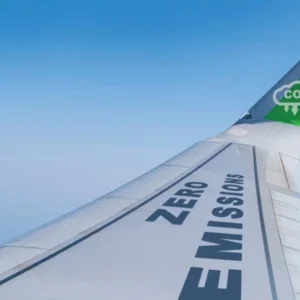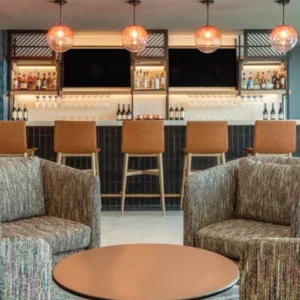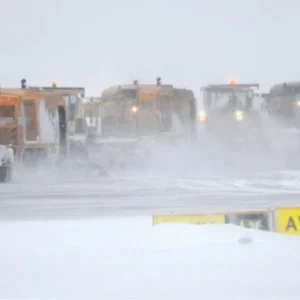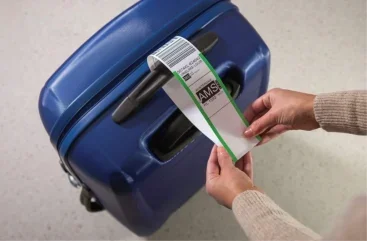
To survive the pandemic, airports and airlines significantly reduced their workforce. According to Oxford Economics, the aviation industry lost more than 2.3 million jobs after 2019, of which, by the end of 2023, 1.2 million were still not filled. Shortages that are not just falling in one particular area but are generally found across all sectors within the aviation industry.
ICAO estimated that by 2026, the aviation industry would require 480,000 new technicians to maintain aircraft and over 350,000 new pilots alone.
Passengers have returned to the travel industry, and although we are not at 2019 levels yet, the 97% figure is very close. And the longer-term IATA forecast still foresees a doubling of passenger numbers by the mid-2030s.
The current labour shortage in aviation is leading to flight delays, flight cancellations, and poor passenger experiences. And the expectations are that on a short-term basis, the experienced pre-Covid employees will not return to an industry that was not resilient to the pandemic. They have found new jobs at companies that were. And we all have families to take care of.
“In ten years, eezeetags have reached an annual user (passenger) volume of approximately 20 million by the end of 2023, and we’re expecting to grow another 30% in 2024. ”
Delivering solutions
However, there is a certain part of the end-to-end process that offers a solution: self-service. Making use of our customers, and turning them into staff members.
We, of course, cannot expect passengers to be their own pilot, or be an airplane technician – however, many front-line passenger-facing roles can be automated.
What paves the path for more selfservice in the airline industry is that in other parts of our daily lives it has become a successful business offering. When was the last time that you were at a full-service petrol station? Believe me, filling up cars was in my youth a full-time job, and my favourite holiday job. Personally, I am an early adaptor of selfscanning in supermarkets. And I have not been queuing up and unpacking my groceries at the check-out cashier for more than 15 years. Despite the fact that some consumers still prefer this, just a few weeks ago in my local supermarket the self-checkout machines were tripled and only one of the traditional check-out stations remains. This used to be 20! The traditional check-out is marketed in a different way though, it is now called the “SMALL TALK CHECK-OUT DESK”
As with all self-service appliances, it is very important to approach the process from a different perspective, namely the unexperienced user that has no clue about the actual process and has never done this before. And that demands an out-of-the-box approach.
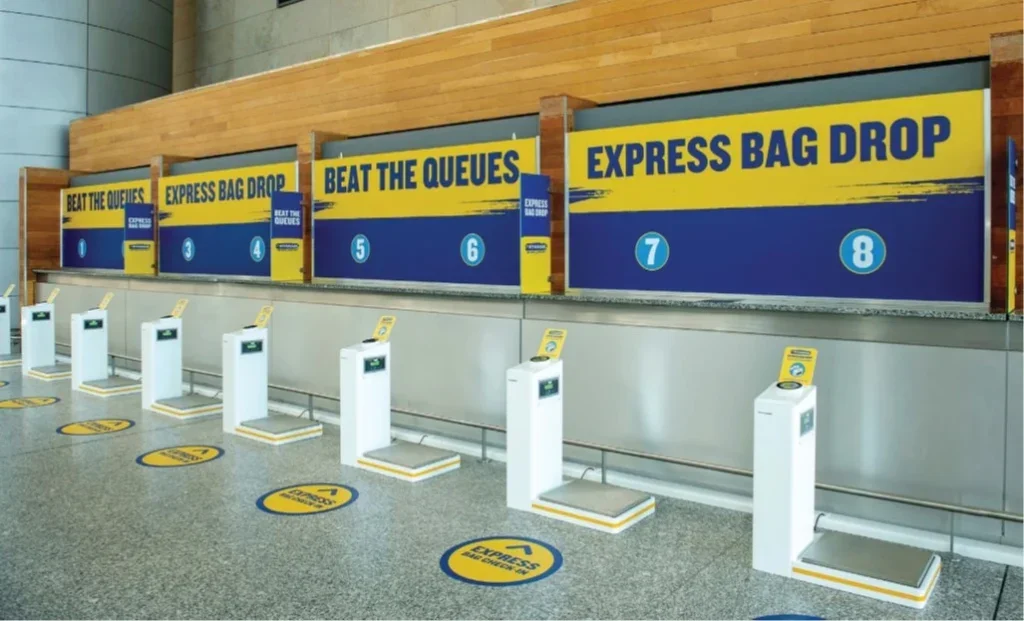
Eezeetags were developed ten years ago exactly with that purpose in mind – how can we make first-time travellers tag their own bag. A mission-critical but often underestimated part of the passenger journey. The trigger for this development was my own experience at an airport where at one of the first self-service kiosks a bag tag was printed and presented to me. Perhaps you need to know that exactly 40 years ago I started my career in the self-service label industry. Basically, a bag tag is just one of the billion applications of a self-adhesive product. And there I stood… considering myself to be some kind of an expert, and anxiety over what to take off to expose the adhesive suddenly kicked in. Is there not a piece that I should take, what are these smaller labels for, do I need to do anything with them? If I do this wrong, will my bag still be where I hope it will be, at my destination? I swallowed my pride and asked a friendly staff member, and she tagged my bag for me. Being an entrepreneur and business owner of a specialised label manufacturing company you can see why this experience opened up a business opportunity for my company in a new market.
Eezeetags were born, based upon a patented adhesive that has a unique linerless proposition to only stick to itself and to nothing else, something we already used in my company for a totally different application. This unique feature also allows us to use a language-neutral instruction, making clear that you only have to “join the dots”. Many of our customers listen to our advice and have taken away the so-called “claim receipt” as an integral part of the tag, because for passengers it is simply not logical to first tear something off, keep this as proof of dropping it before you even have tagged the bag. Communication is now done digitally or printed at the actual bag-drop on a normal receipt paper, which is much clearer and less costly.
Global coverage
In ten years (including a two-year pause), eezeetags have reached an annual user (passenger) volume of approximately 20 million by the end of 2023, and we’re expecting to grow another 30% in 2024.
Passengers use them at airports such as: Amsterdam Schiphol, Frankfurt, Hamburg, Dublin, London Heathrow, Gatwick, Manchester, Honolulu, New York JFK, Milan Malpensa, Dubai DXB and many more, supported by airlines like Lufthansa, Air France-KLM, Ryanair, EasyJet, Hawaiian, British Airways, Virgin, Emirates and also many more.
Eezeetags are produced according to the ‘global coverage, local service’ adagio. A unique collaboration between the world’s leading bag tag producers under the umbrella of ‘The eezeetags family’ and this is not only a highly competent and trustworthy network, but also a globally recognised guarantor of compliance with high-quality standards. To achieve this, it’s essential to deliver impeccable product quality in the tags. Experience shows that this doesn’t just depend on the manufacture of the composite material – with its special patented adhesive – or its subsequent packaging into print-ready rolls. The finishing on the press, the final finishing in small rolls, and the print quality at the kiosk provider are also of the utmost importance when ensuring the best possible quality for the eezeetags all-in-one solution. As certified and approved by all major bag-drop solution providers.
In the past ten years we have seen various bag drop hardware and processes, one-step and two-step, where we see that the two-step process is by far the most used, and we see a trend towards smaller ‘printing pole’ solutions – these are less costly, can be placed anywhere in the terminal building and use the airline app on the passengers’ smartphone as the operating system.
Although we are still at the beginning, self-service as a passenger-friendly solution will be here to stay.


